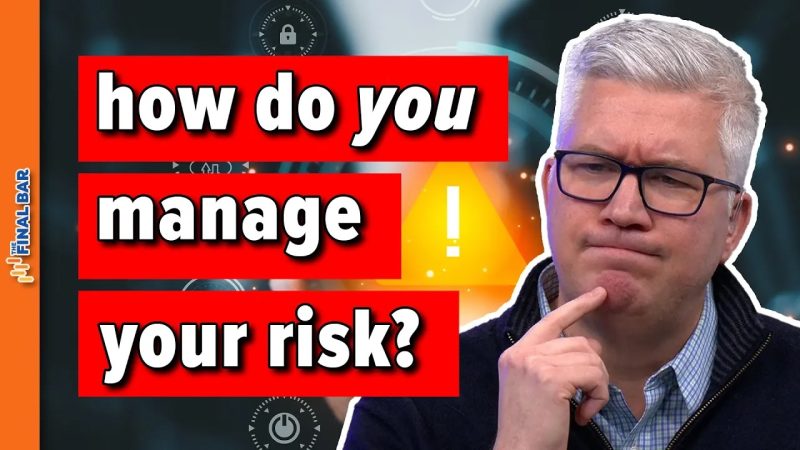Managing risk in investment scenarios is a crucial aspect every investor has to keep in mind. Many tools and techniques help in risk management, with some being complex and others relatively straightforward. In comprehending risk management’s intricacies, one technique that comes in handy is Technical Analysis. Technical Analysis is a popular method used by traders to predict future price directions based on historical data. Here is an in-depth look at how one can utilize Technical Analysis for managing risks better.
One key feature of Technical Analysis that makes it a viable tool for risk management is its emphasis on studying historical price trends to predict future market behavior. This includes analyzing market indicators such as price move, volumes, open interest, etc., and various statistical trends derived from the charts.
**Building a Robust Technical Analysis Strategy**
The first step in using technical analysis for risk management is developing a robust strategy. This strategy should account for the market indicators most relevant to your investment goals and practices. Most traders will use a combination of trend lines, indicators, patterns, and oscillators. Choosing the correct combination is vital, as it can help identify the beginning of a new trend, foresee trend reversals, and provide information on the potential volatility of a stock.
For instance, one of the standard risk management tools here is the moving average. It smoothens out data by continuously updating an average price over a specific period, helping traders identify market trends much clearer.
**Setting Stop Loss and Take Profit Levels**
Technical analysis is frequently used for setting stop loss and take profit levels, thereby limiting potential losses. Stop loss is a determined limit where your stock will be automatically sold to prevent further losses. On the other hand, take profit is the set limit where your investment will be sold to ensure the gains are secured.
These methods serve to maintain control over potential losses and gains on a trade. They are typically determined based on levels of support and resistance.
**Identifying Trends and Signals**
A significant part of technical analysis is recognizing trends and signals. This could be ‘bullish’ or ‘bearish’ market movements or identifying a pattern in a chart that predicts potential price movement. This understanding helps the traders decide whether to buy or sell.
For example, a ‘head and shoulders’ pattern often signals the reversal of an uptrend, signifying bearish conditions and warning investors to potentially sell their shares. Similarly, the Relative Strength Index (RSI) denotes oversold or overbought conditions, alerting the trader to impending market reversals.
**Utilizing Technical Indicators**
There are numerous technical analysis indicators that one can deploy to manage risk, such as Moving Average Convergence Divergence (MACD), Bollinger Bands, and Fibonacci retracement.
The MACD indicator measures the relationship between two moving averages of a share’s price. It is used to identify possible buy and sell signals. Bollinger Bands identify whether a stock is overbought or oversold. When the price moves near the upper band, it indicates the stock may be overbought, and when it moves near the lower band, it may suggest the stock is oversold. Using this information, traders can make a judicious decision.
Fibonacci retracement, on the other hand, identifies potential levels where price reversals may happen. By applying this technique, one can figure out the key levels to set the stop loss and limit orders.
**Backtesting your Strategy**
No risk management strategy is complete without backtesting. Backtesting is a method where your trading strategy is tested on historical data to see how it would’ve fared. It allows you to refine your strategy by identifying any pitfalls or shortcomings, which eventually aids in risk mitigation.
In essence, Technical Analysis provides multiple tools that can prove beneficial in managing risk. However, its effectiveness is largely dependant on the individual’s understanding and the right application. Risk can’t be eliminated entirely from trading; nevertheless, by leveraging technical analysis aptly, one can certainly manage it better.




